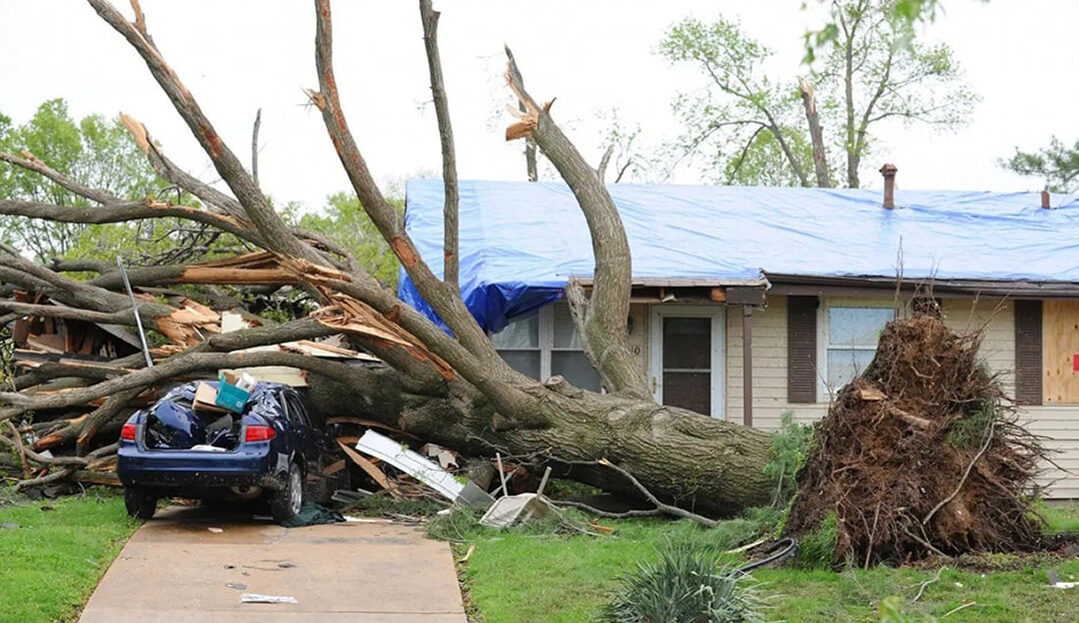When a tree falls unexpectedly or poses an imminent threat to property and safety, it can be a stressful situation. However, knowing how to handle emergency tree removal in a calm and efficient manner is essential. This step-by-step guide will walk you through the process, from assessing the situation to getting professional help if needed. Remember, safety should always be your top priority during any emergency tree removal operation.
Assess the Situation
Before taking any action, it's crucial to assess the situation carefully to determine the best course of action. Here are some key points to consider:
Check for Safety Hazards
- Look out for downed power lines near the tree.
- Assess the stability of the tree and surrounding trees.
- Determine if the tree is leaning dangerously or has structural damage.
Evaluate the Damage
- Assess the extent of the damage to the tree and nearby structures.
- Determine if the tree can be salvaged or if it needs to be removed completely.
Secure the Area
Once you have assessed the situation, it's essential to secure the area to prevent any further damage or injuries. Here are some steps to take to secure the area:
Mark off the Area
- Use caution tape or cones to cordon off the area around the tree.
- Ensure that no one enters the danger zone until the tree is safely removed.
Warn Others
- Inform neighbors and passersby about the hazardous tree.
- Advise them to keep a safe distance until the situation is resolved.
Remove the Tree
Depending on the size and complexity of the tree removal, you may choose to remove it yourself or seek professional help. Here are the steps involved in removing the tree:
DIY Tree Removal
- Use appropriate safety gear, such as gloves, goggles, and a hardhat.
- Cut away any branches or debris around the base of the tree.
- Make a horizontal cut at a comfortable height on the trunk to create a notch for the tree to fall.
- Make a diagonal cut on the opposite side of the trunk to guide the tree in the desired direction.
- Ensure a clear escape route in case the tree falls unexpectedly.
- After the tree is removed, clean up the area and dispose of the debris properly.
Professional Tree Removal
- Contact a licensed and insured tree removal service for assistance.
- Provide them with detailed information about the situation and any potential hazards.
- Let the professionals handle the tree removal to ensure safety and efficiency.
- Follow any guidelines provided by the tree removal service for post-removal care.
Post-Removal Care
After the tree has been safely removed, there are a few important steps to take to ensure the area is secure and clean. Here's what you can do:
Inspect the Surrounding Trees
- Check the health and stability of nearby trees to prevent future emergencies.
- Trim any overhanging branches or damaged limbs that could pose a risk.
Clean Up the Area
- Remove any remaining debris or branches from the site.
- Dispose of the tree stump properly or consider grinding it down.
- Rake the area to remove any sawdust or small debris left behind.
Final Thoughts
Emergency tree removal can be a daunting task, but with the right approach and preparation, you can handle it effectively. Remember to prioritize safety, assess the situation carefully, and secure the area before proceeding with the removal. Whether you choose to remove the tree yourself or enlist the help of professionals, following these step-by-step guidelines will ensure a smooth and successful tree removal process.
